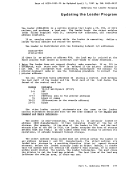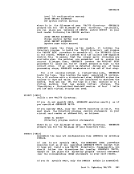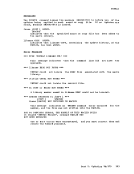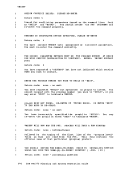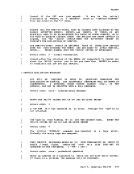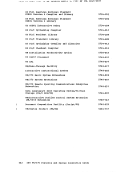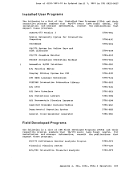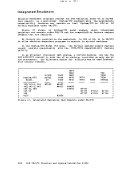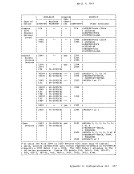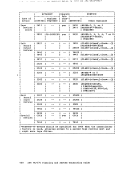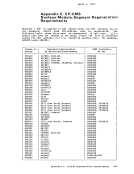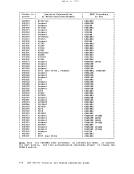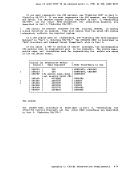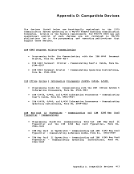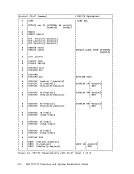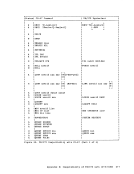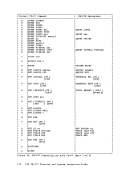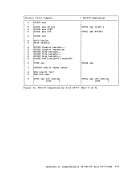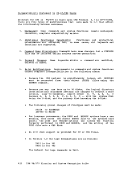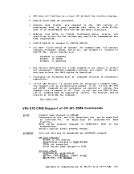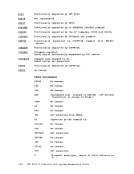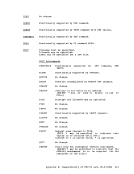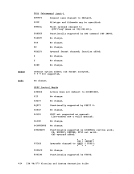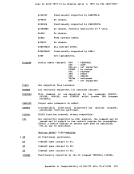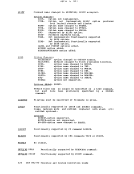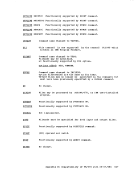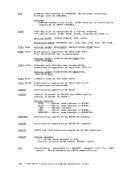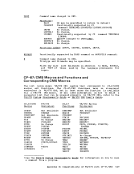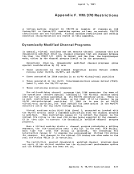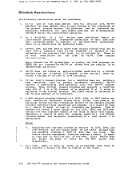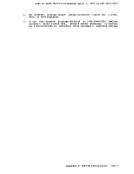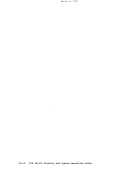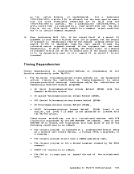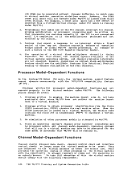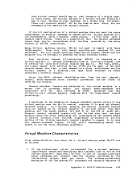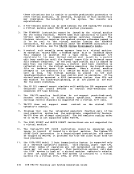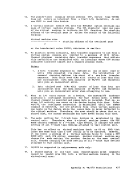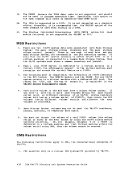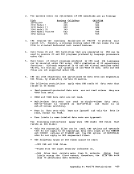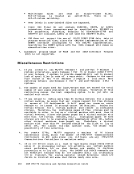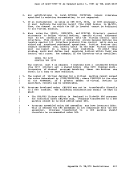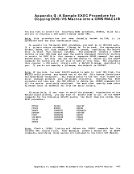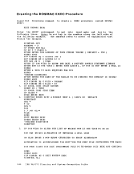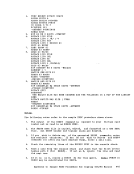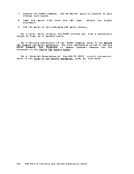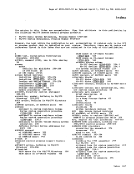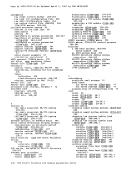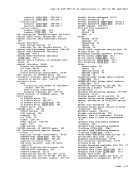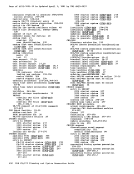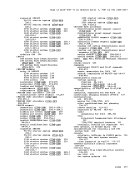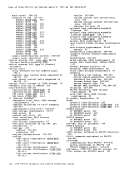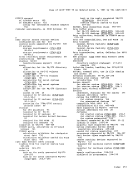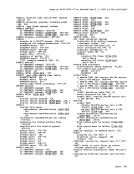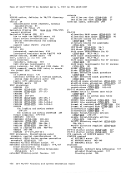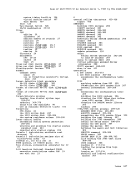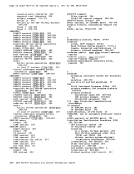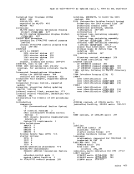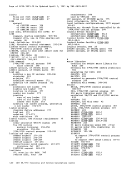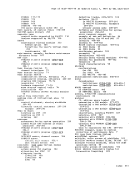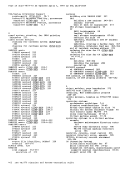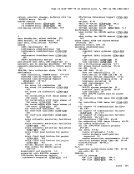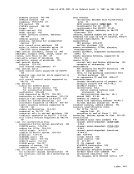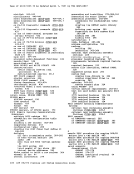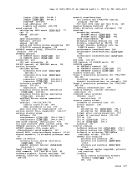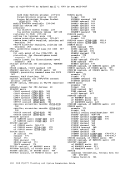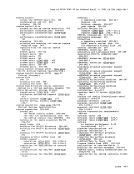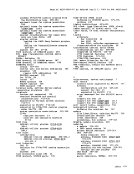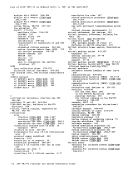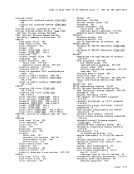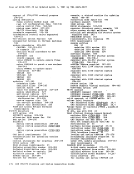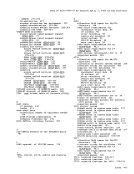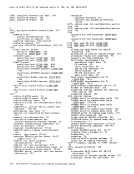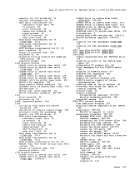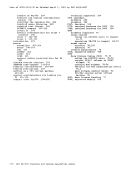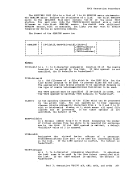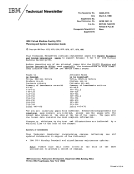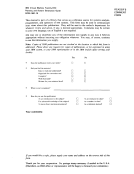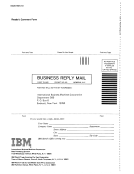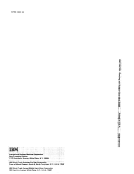Each virtual channel should map to real channels of a single type.
In other words, the virtual devices on a virtual channel should all
map to real devices on real channels of a single type and model.
These real channels should all be the same as each other, but not
necessarily the same as the virtual channel.
If theI/O configuration of a virtual machine does not meet the above
requirement, no warning message is issued and the virtual machine willrun successfully until a channel check occurs. In this case, when a
channel check occurs, there is a possibility that the channel extended
logout data may be inconsistent with the data provided by the store
channel id (STIDC) instruction.Virtual machines running CMS do not need to comply with these
requirements. Here, only unit record spooling and diagnose110 are performed; For unit record spooling there are no channel checks and for
diagnoseI/O, CP attempts to perform the error recovery itself. When the store channel id instruction (STIDC) is executed in a
virtual machine, it returns information from an arbitrary channel, one
of several the specified virtual channelmay map to. The type, model,
and logout length data returned by the STIDC are the same as the real
channel except that when a real channel is a block multiplexer and the
virtual channel is a selector, the type field returned by STIDC
indicates a selector channel.
Since the STIDC returns identifying data from
channel model-dependent error recovery procedures
identify the channel.
the real channel,
can use STIDC to
Channel extended logouts are reflected to the virtual machine in a
manner that is processor model-and channel model-dependent and
consistent with the data returned by STIDC (provided that the
virtual-to-real channel mapping complies with the requirement stated
previously) .
A deviation in the handling of channel extended logouts occurs if the
virtual machine uses the bit in control register 14 to mask out channelextended lcgcuts. In a virtual machine, any channel extended logouts
that are masked out by control register 14 are lost rather than kept
pending, and the logout pending bit (bit 5) in theCSi is never set.
However, channel extended logouts will not be lost when they are kept
pending along with their associated1/0 interrupts by the channel masks
in control register 2 and thePSi. Regardless of whether or not the
setting of the virtual machine's control register 14 causes it to lose
the channel extended logout,CP will still successfully record the
logout in its own error recording cylinders.Virtual Machine Characteristics
other characteristics that exist for a virtual machine under
as follows:
1. If the virtual=real option is selected for a virtual machine,
input/output operations specifying data transfer into or out of the
virtual machine's page zero, or into or out of storage locations
whose addresses are greater than the storage allocated by the
virtual=real option, must not occur. The storage-protect-key
mechanism of theIBM System/370
Appendix F:VM/370 Restrictions 435
In other words, the virtual devices on a virtual channel should all
map to real devices on real channels of a single type and model.
These real channels should all be the same as each other, but not
necessarily the same as the virtual channel.
If the
requirement, no warning message is issued and the virtual machine will
channel check occurs, there is a possibility that the channel extended
logout data may be inconsistent with the data provided by the store
channel id (STIDC) instruction.
requirements. Here, only unit record spooling and diagnose
diagnose
virtual machine, it returns information from an arbitrary channel, one
of several the specified virtual channel
and logout length data returned by the STIDC are the same as the real
channel except that when a real channel is a block multiplexer and the
virtual channel is a selector, the type field returned by STIDC
indicates a selector channel.
Since the STIDC returns identifying data from
channel model-dependent error recovery procedures
identify the channel.
the real channel,
can use STIDC to
Channel extended logouts are reflected to the virtual machine in a
manner that is processor model-and channel model-dependent and
consistent with the data returned by STIDC (provided that the
virtual-to-real channel mapping complies with the requirement stated
previously) .
A deviation in the handling of channel extended logouts occurs if the
virtual machine uses the bit in control register 14 to mask out channel
that are masked out by control register 14 are lost rather than kept
pending, and the logout pending bit (bit 5) in the
However, channel extended logouts will not be lost when they are kept
pending along with their associated
in control register 2 and the
setting of the virtual machine's control register 14 causes it to lose
the channel extended logout,
logout in its own error recording cylinders.
other characteristics that exist for a virtual machine under
as follows:
1. If the virtual=real option is selected for a virtual machine,
input/output operations specifying data transfer into or out of the
virtual machine's page zero, or into or out of storage locations
whose addresses are greater than the storage allocated by the
virtual=real option, must not occur. The storage-protect-key
mechanism of the
Appendix F:





















































































































































































































































































































































































































